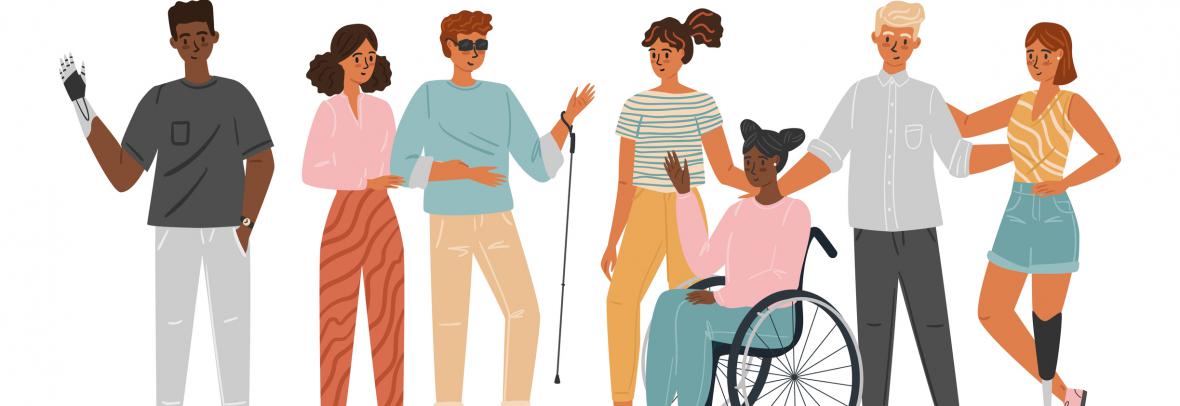
Study: Housing Equality Going the Wrong Direction
The U.S. homeownership gap between Blacks and whites widened 1.5 percentage points from 2010 to 2021, according to a study by “Today’s Homeowner.”
CHICAGO – The national racial homeownership gap widened from 2010 to 2021, new data shows – but in some areas of the country, the gap has actually closed.
Housing equality worsened in the decade since the Great Recession, a new analysis shows, lending greater urgency to the commitment Realtors® make to uphold fair housing laws. The national homeownership gap between Blacks and whites widened 1.5 percentage points from 2010 to 2021, according to Today’s Homeowner – a sign that the full promise of the 55-year-old Fair Housing Act has yet to be realized.
The Black homeownership rate of 43% – versus 72% for whites – is roughly the same as it was 50 years ago, according to National Association of Realtors® (NAR) data.
Though incidents of housing discrimination are lower today, the legacy of racist policies has held back Black families for generations, says NAR Vice President of Policy Advocacy Bryan Greene.
“Even where discrimination poses no barrier, Black would-be homebuyers, on average, have less family wealth, lower income and more debt due to past redlining, generations of outright exclusion from the housing market and other economic deprivation,” he says. “If you gaze into that yawning homeownership gap, you’re seeing a century or more of wealth deprivation. Today, this legacy means a Black buyer is less able to raise the funds for a down payment, and their credit profiles are strained.”
The racial homeownership gap in some states has widened nearly 10 times larger than the national trend, including in Alaska, Hawaii, New Hampshire, New Mexico and Vermont, according to the study from Today’s Homeowner.
“The national gap between Black and white homeownership rates is an important gauge of how we, as a country, have progressed toward the goals of equitable access to homeownership,” the study notes. “By that measure, we have backtracked in terms of equality between Black and white families.”
Today’s Homeowner crunched NAR and Census data over a 10-year span to identify the areas with the widest and narrowest gaps in Black homeownership. Southern states like Alabama, Georgia and South Carolina tended to have the narrowest gaps, while Midwestern states like Minnesota, North Dakota, South Dakota and Wisconsin had the widest.
NAR and a growing number of state and local Realtor associations have debuted a range of new policies to help promote greater homeownership opportunities for minorities. NAR, which has called the racial homeownership gap “the most consequential civil rights issue of our day,” released a fair housing action plan to encourage Realtors to lead the fight against housing discrimination.
The association also provides implicit bias training to help real estate pros recognize and overcome their prejudices. NAR and realtor.com also released a report last year, “The Double Trouble of the Housing Market,” which outlines the roadblocks Black Americans face in achieving homeownership.
Studies reveal a range of roadblocks in Black Americans’ path to homeownership, including higher rates of mortgage denials, appraisal bias and greater student loan debt. Greene, who has written extensively on the topic, urges a multifaceted approach to tackling housing inequities, including addressing the nation’s housing shortage.
“Even if our nation stamps out present day discrimination, these inequities remain – and they will continue to stunt the growth of the housing market and our economy,” Greene says. But more can be done, he adds, because “Realtors want to grow the housing market and support policies that will increase our housing inventory and make housing more accessible and affordable to all.”
Source: National Association of Realtors® (NAR)
© 2023 Florida Realtors®
